Red Velvet Echeveria: Learn How To Grow Red Velvet Plants
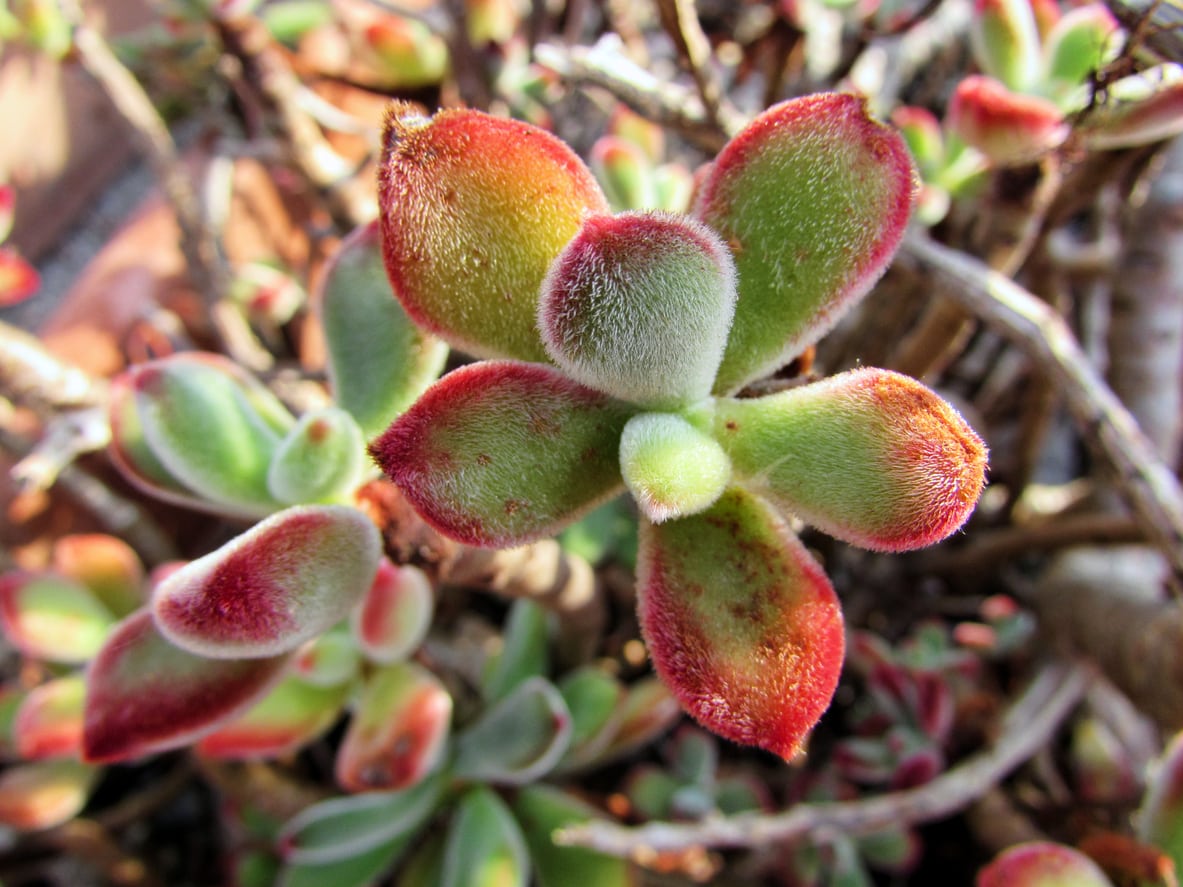

One of the easiest to grow groups of plants are the succulents. Echeveria ‘Red Velvet’ is not only easy to grow but easy on the eyes with rosy pink tinted leaves and astounding fiery red blooms. The Red Velvet succulent plant is not freeze tolerant but makes a beautiful interior plant for the office or home. Try growing a Red Velvet plant with other small succulents in a container display, providing varied texture and color with little maintenance.
Echeveria Red Velvet Plants
Red Velvet Echeveria (Echeveria pulvinata) is a hybrid plant named for Athanasio Echeverria Godoy. The secondary name, pulvinata, refers to its cushion-like leaves. Red Velvet has softly hairy stems and chubby leaves. The species is from Mexico, but this particular cultivar originated in California. You will be charmed by Red Velvet. It is a small plant, growing only 12 inches (30 cm.) in height with a shrub-like form. The thickened leaves are oblong, coming to a point, and bear tracings of bright pink on the edges. In cool weather, the reddish tint becomes more intense. The leaves and stems have fine, reddish hairs giving a fuzzy appearance. Leaves are arranged in whorls, giving the clusters a flowery effect. These aren't the flowers, however. The blooms of Red Velvet Echeveria are tubular with orange-red petals and yellow interiors with green bracts. The plant is very ornamental and long lasting.
How to Grow Red Velvet
Red Velvet plants are hardy to United States Department of Agriculture zones 10 to 11, but even cool clime gardeners can enjoy them. As interior plants, they need full, indirect sun and well-draining soil. Outdoor plants also enjoy sun but need protection from noon day heat. Most soils are tolerable, but a pH of 5.5 to 6.5 is preferred by the Red Velvet succulent plant. Young plants should be pinched early to promote thicker more sturdy stems. Once you have fallen in love with your plant, propagation is easy. Take stem cuttings in spring and allow them to callus on the ends for a few days. Insert the cut end into soil and keep dry for two weeks. Then water normally and you will have a whole new plant.
Red Velvet Care
While growing a Red Velvet plant is relatively easy, there are some care tips for these easy-going plants. Water regularly but don't allow soil to remain soggy. Check manually and irrigate when soil is dry down to your second knuckle. You can also tell by the leaves when it is necessary to water. They will begin to pucker a bit if the plant needs moisture. Once established, Red Velvet can tolerate brief periods of drought. Light feeding with a diluted plant food in early spring keeps even potted plants happy. Root rots from excess moisture is the most common problem. Plants may also fall prey to mealybugs, aphids and slugs but, otherwise, this Echeveria is a very unbothered plant, even by deer.
Gardening tips, videos, info and more delivered right to your inbox!
Sign up for the Gardening Know How newsletter today and receive a free copy of our e-book "How to Grow Delicious Tomatoes".

Bonnie Grant is a professional landscaper with a Certification in Urban Gardening. She has been gardening and writing for 15 years. A former professional chef, she has a passion for edible landscaping.
-
 10 Common Composting Problems That Can Spoil Your Garden Gold – Plus Easy Fixes
10 Common Composting Problems That Can Spoil Your Garden Gold – Plus Easy FixesLearn how to troubleshoot common composting issues before they ruin your stash – from bad smells and bugs to materials not breaking down as they should.
By Susan Albert
-
 Terrifically Tubular Flowers For Hummingbirds: 9 Tube-Flowered Plants To Attract Hummers
Terrifically Tubular Flowers For Hummingbirds: 9 Tube-Flowered Plants To Attract HummersGrowing tubular flowers for hummingbirds helps you create the optimum feeding conditions for your winged friends. Here are nine tubed delights for hummers
By Tonya Barnett
-
 Echeveria Pallida Plant Info: Growing Argentine Echeveria Succulents
Echeveria Pallida Plant Info: Growing Argentine Echeveria SucculentsIf you enjoy growing succulents, then Echeveria pallida may be just the plant for you. Click here to learn about Argentine echeveria plants.
By Becca Badgett
-
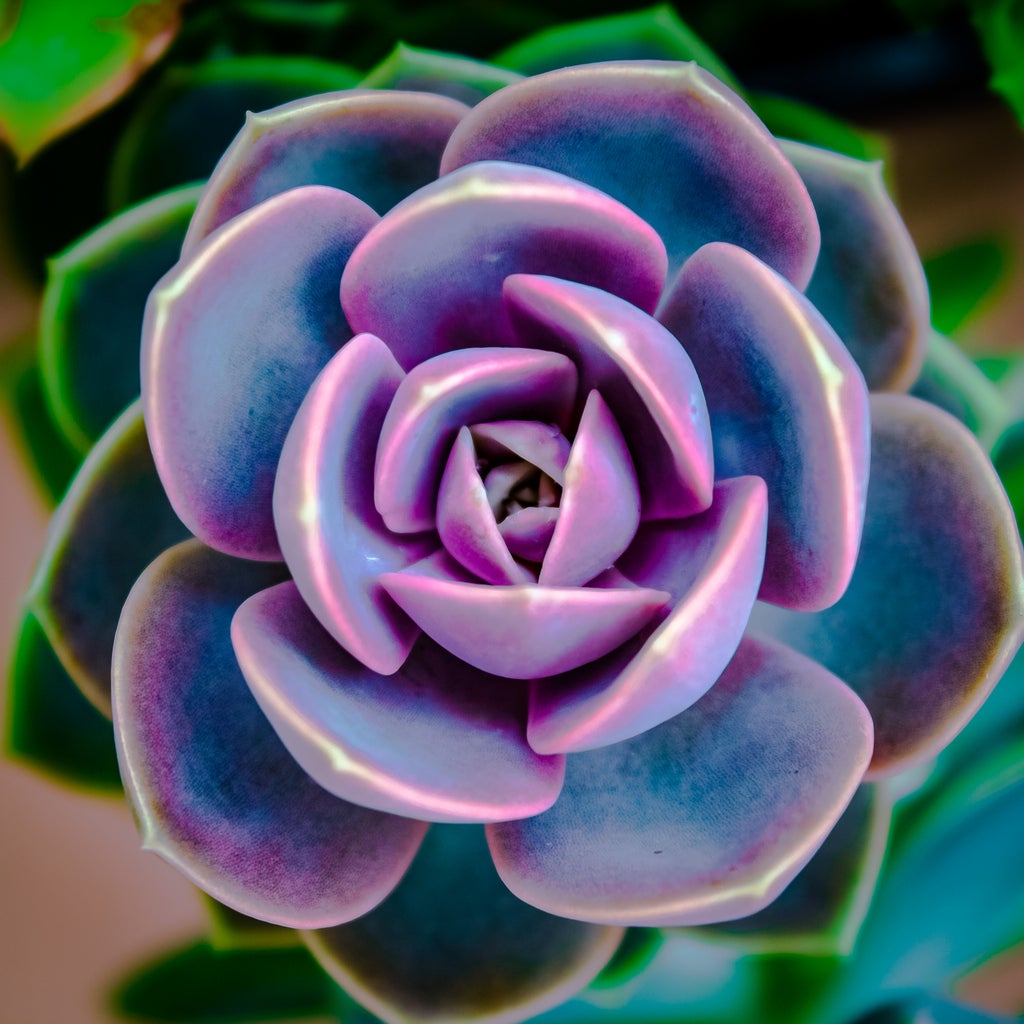 Perle Von Nurnberg Info: What Is A Perle Von Nurnberg Plant
Perle Von Nurnberg Info: What Is A Perle Von Nurnberg PlantEcheveria are some of the easiest succulents to grow, and the Perle von Nurnberg plant is one of the prettiest examples of the group. Click here for some comprehensive Perle von Nurnberg information.
By Bonnie L. Grant
-
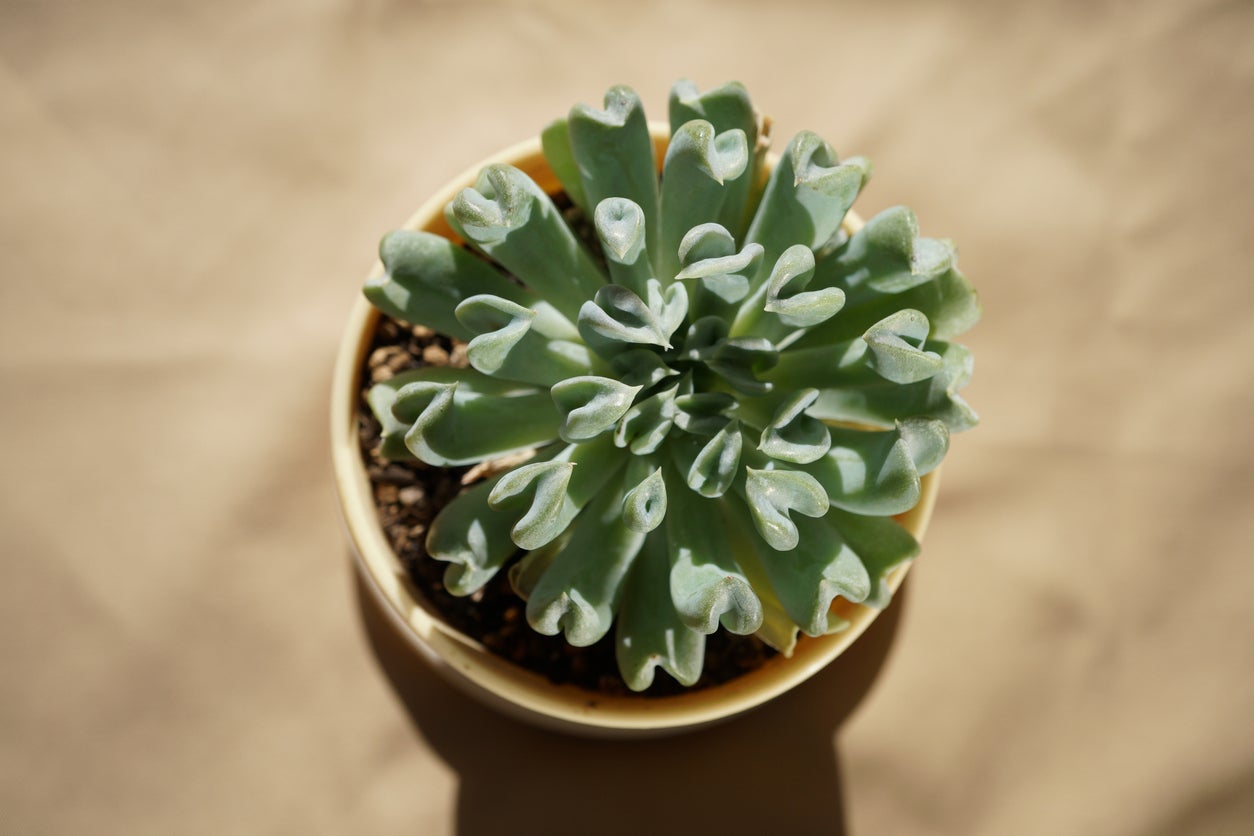 Topsy Turvy Echeveria Care: How To Grow A Topsy Turvy Plant
Topsy Turvy Echeveria Care: How To Grow A Topsy Turvy PlantSucculents are varied and come in a lot of different shapes and colors. A Topsy Turvy plant is a stunning type of echeveria, one large group of succulents, that is easy to grow and adds visual interest to desert beds and indoor containers. Learn more in this article.
By Mary Ellen Ellis
-
 Arctic Ice Succulent: What Is An Arctic Ice Echeveria Plant
Arctic Ice Succulent: What Is An Arctic Ice Echeveria PlantSucculents are enjoying immense popularity as party favors, particularly as wedding take away gifts. If you have been to a wedding lately, you may have come away with an Echeveria ‘Arctic Ice’ succulent, but how do you care for it? This article will help.
By Amy Grant
-
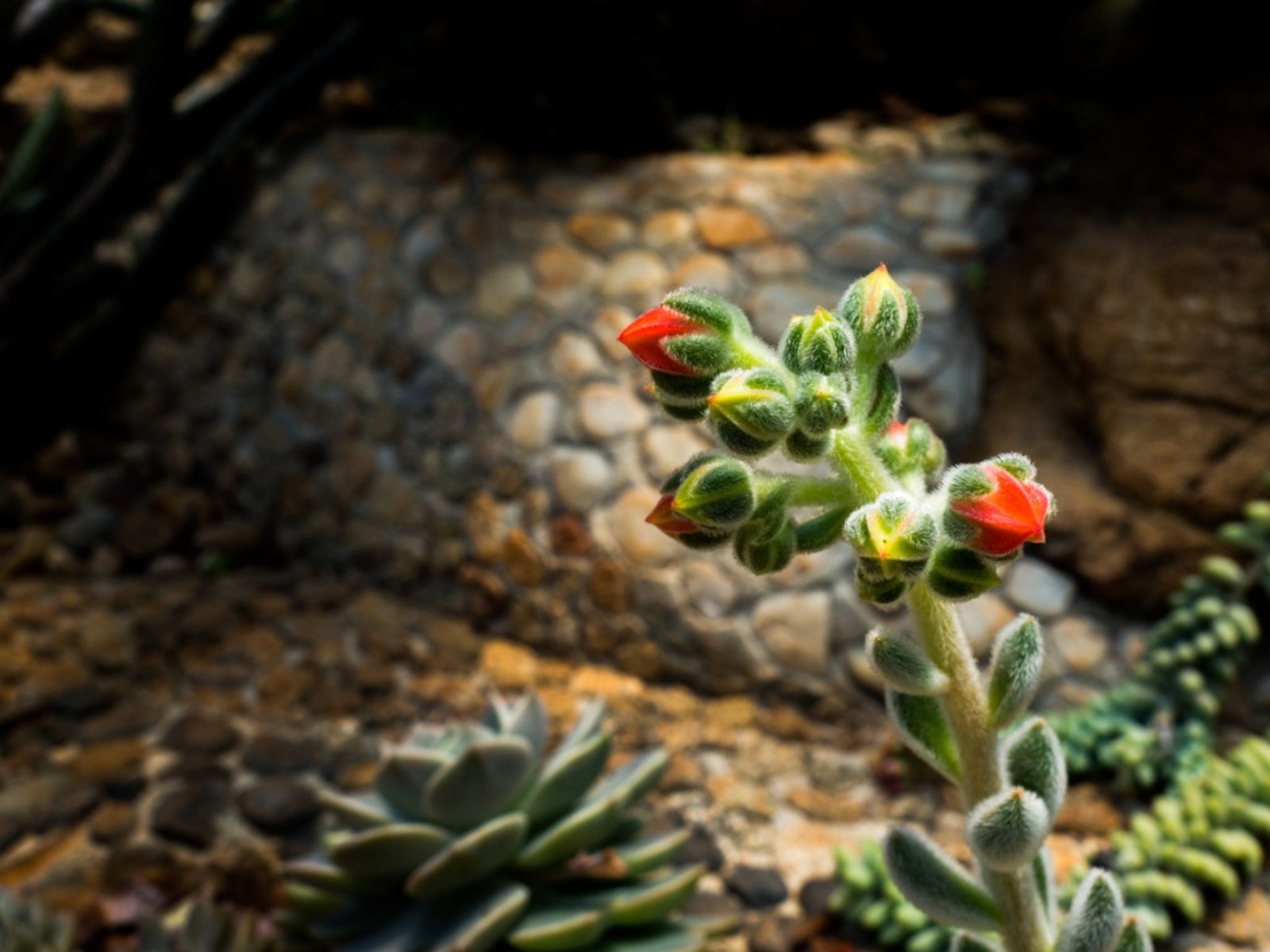 Doris Taylor Succulent Info: Tips On Growing A Woolly Rose Plant
Doris Taylor Succulent Info: Tips On Growing A Woolly Rose PlantEcheveria "Doris Taylor," also called the woolly rose plant, is a favorite of many collectors. If you’re not familiar with this plant, you may ask what is a woolly rose succulent? Click this article to learn more about this interesting succulent plant.
By Becca Badgett
-
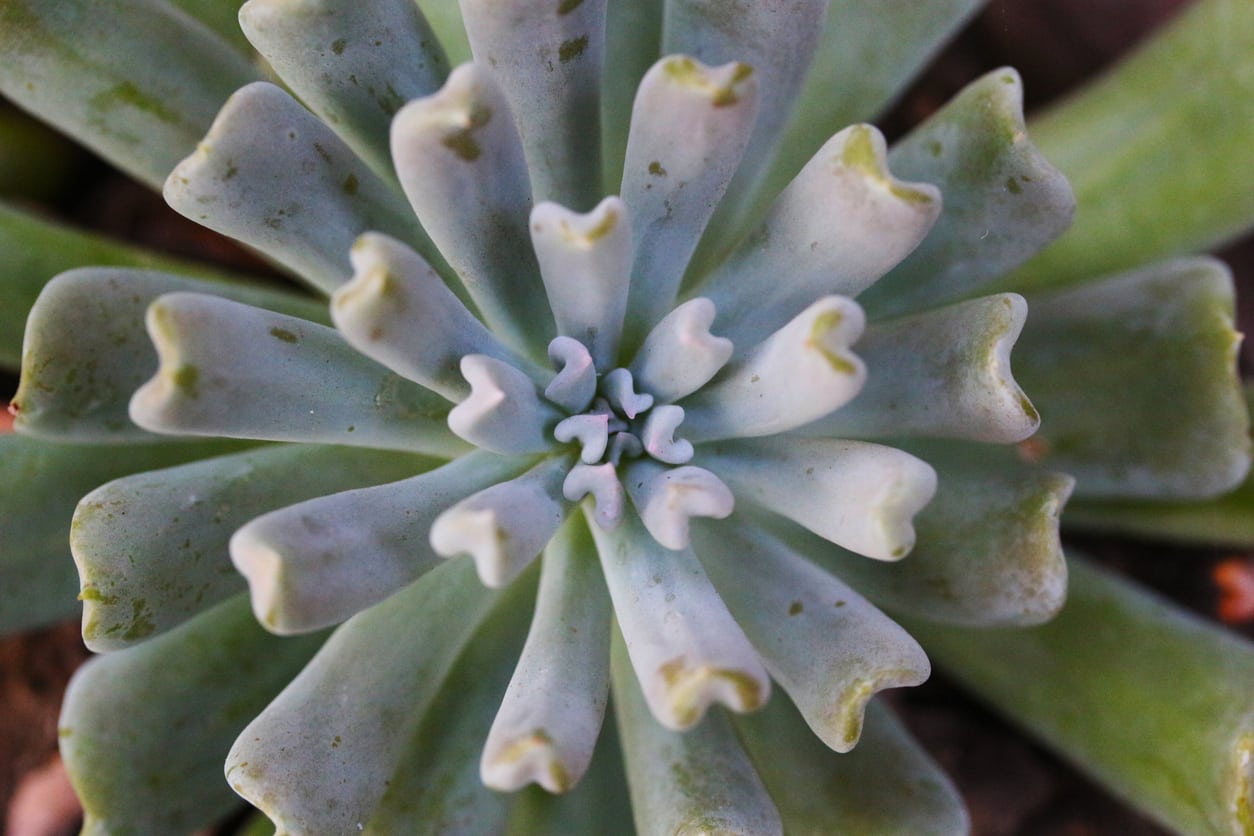 Irish Mint Echeveria Info: How To Grow An Irish Mint Succulent
Irish Mint Echeveria Info: How To Grow An Irish Mint SucculentEcheveria is a genus of stonecrop plants with a huge variety of species and cultivars, many of which are very popular in succulent gardens and collections. One beautiful and easy-care variety is Echeveria ‘Irish Mint.’ Click here for more info on this echeveria plant.
By Liz Baessler
-
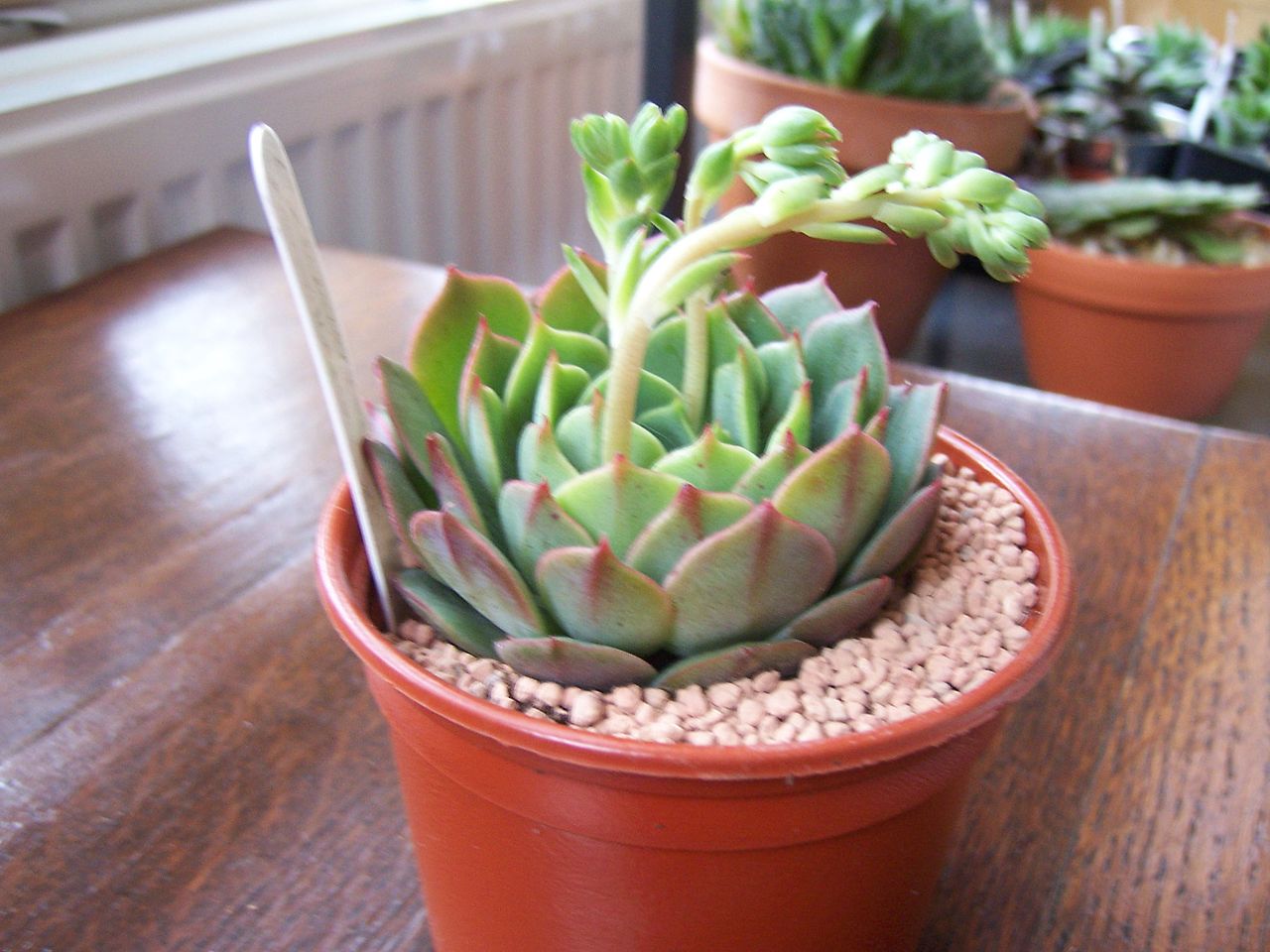 Caring For Ramillette Echeverias – Information About Ramillette Succulents
Caring For Ramillette Echeverias – Information About Ramillette SucculentsThe Ramillette echeveria plant is also called Mexican hens and chicks, but don’t be misled. These plants are only hardy in USDA zones 9-11 for year-round outdoor planting and growing. Click here to learn more about caring for a Ramillette echeveria plant.
By Becca Badgett
-
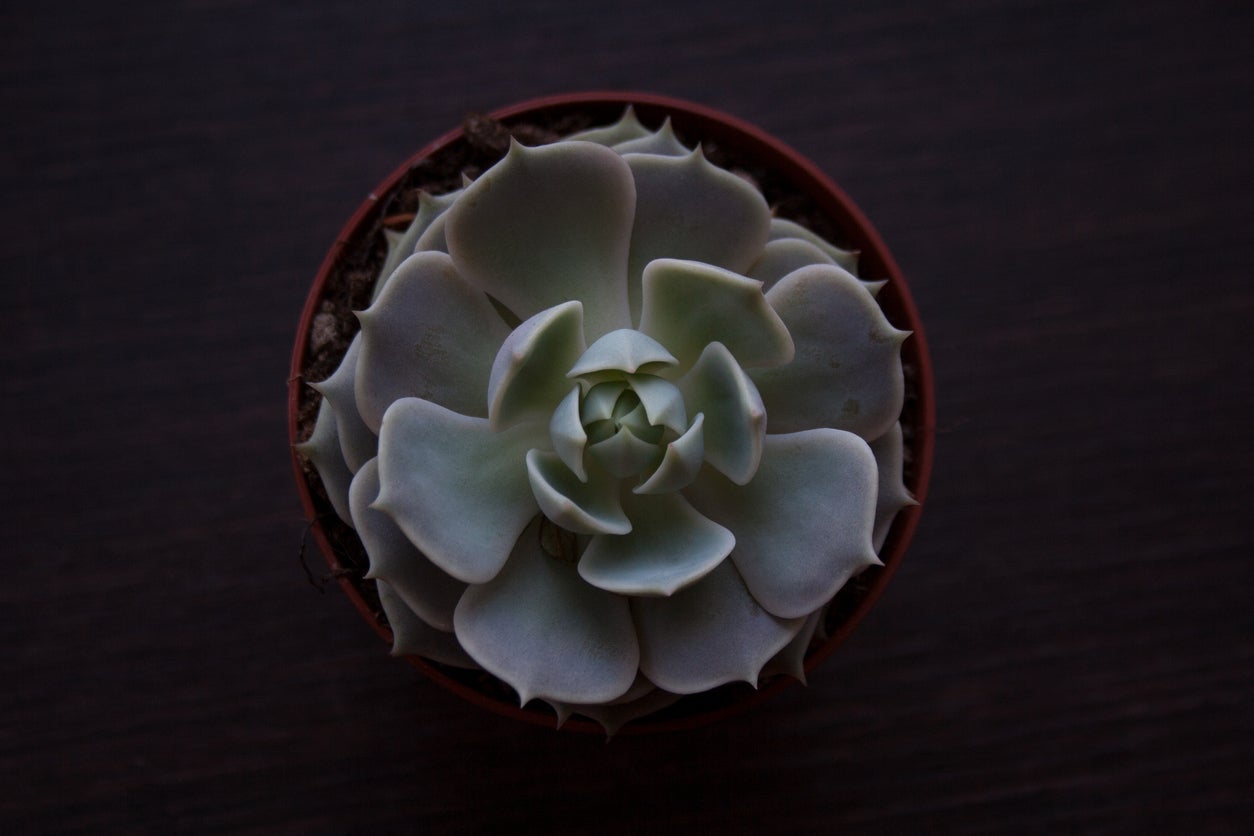 Echeveria ‘Lola’ Info: Learn How To Care For A Lola Echeveria
Echeveria ‘Lola’ Info: Learn How To Care For A Lola EcheveriaAnother of the most commonly owned succulents, the popular Echeveria ‘Lola’ plant is a beautiful, rosette that may be surrounded by pups. Offsets produce readily on this grayish-blue leafed favorite. Growing Lola echeveria is simple too, and this article will help.
By Becca Badgett